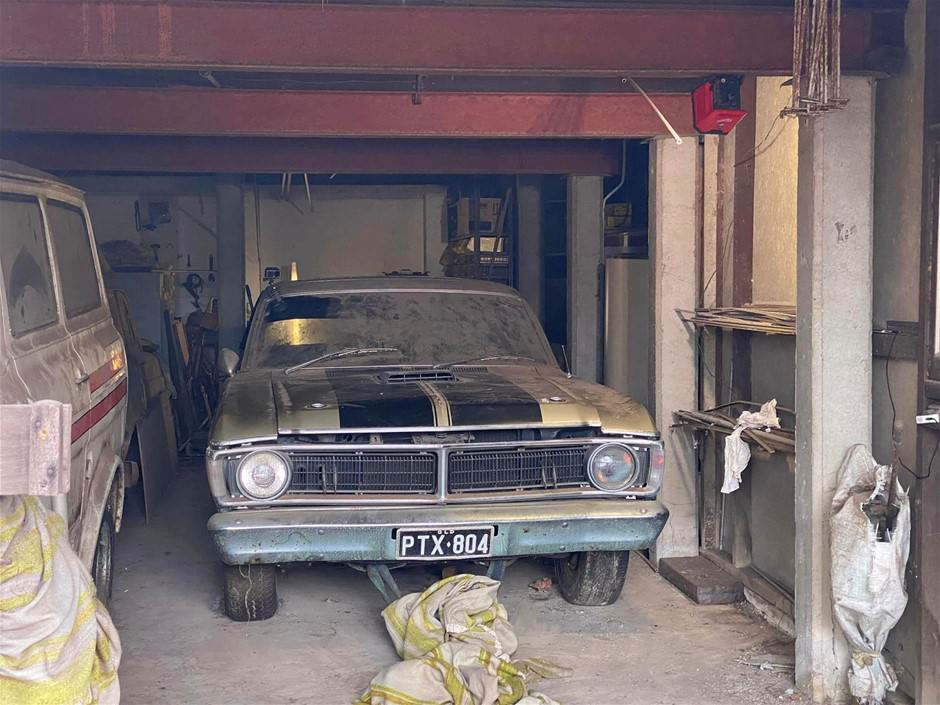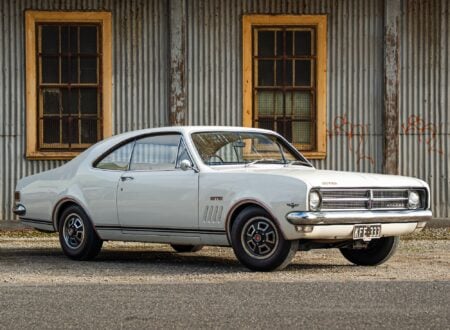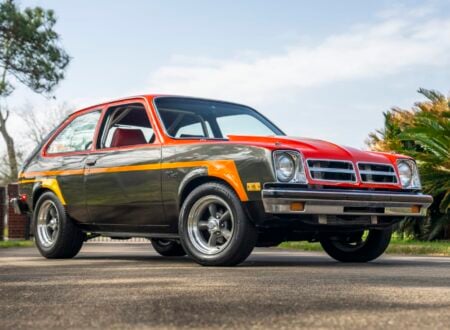This is a remarkably original 1970 Ford XY Falcon GT that was used as a Field Evaluation Unit by Ford Australia before it was sold to a private owner. It was parked under a house in 1976 and it remained there for decades, until it was recovered last month.
Thankfully the car was kept in as-found condition, with all the dust and debris intact, and it was offered up for public auction by Grays where it achieved a final hammer price of $230,000 AUD, or approximately $156,700 USD.
Fast Facts – The Ford XY Falcon GT
- The Ford XY Falcon GT was introduced in 1970 as part of the Falcon XY series, which was produced by Ford Australia. It was a continuation of the Falcon GT line, which began with the XR model in 1967. The XY GT represented the higher-end of the series’ performance and was designed to appeal to the growing market for high-performance vehicles in Australia.
- The XY Falcon GT was fitted with a 351 Cleveland V8 capable of a claimed 300 bhp, the real horsepower figure is believed to be closer to 350 bhp. This engine a significant upgrade from the earlier Windsor V8 used in previous GT models. The engine was matched with a 4-speed manual or an optional 3-speed automatic transmission.
- The XY Falcon GT featured aggressive muscle car design cues including a “shaker” hood scoop, blacked-out grille, racing stripes down either side, a lip spoiler up front and a trunk lid spoiler in the rear. At the time of its release in 1970, the Ford XY Falcon GT was said to be the fastest four-door sedan in the world, with a top speed of 157 mph if the rev limiter was removed.
- The car gained fame in Australian touring car racing, particularly in the Bathurst 1000 (then called the Hardie-Ferodo 500). The high-performance GT-HO (Handling Option) Phase III version, specifically built for racing, dominated the Bathurst race in 1971, taking all three of the top spots.
The Fastest Sedan In The World
When the Ford XY Falcon GT was unveiled in 1970 it provided quite the coup for Ford Australia. It was said to be the fastest production sedan in the world, and the fact that it was based on the four-door Ford Falcon XY meant that it would act as a halo car – boosting sales of the more sedate six cylinder and lower-powered V8 versions of the model that would prove popular with Mum and Dad buyers.
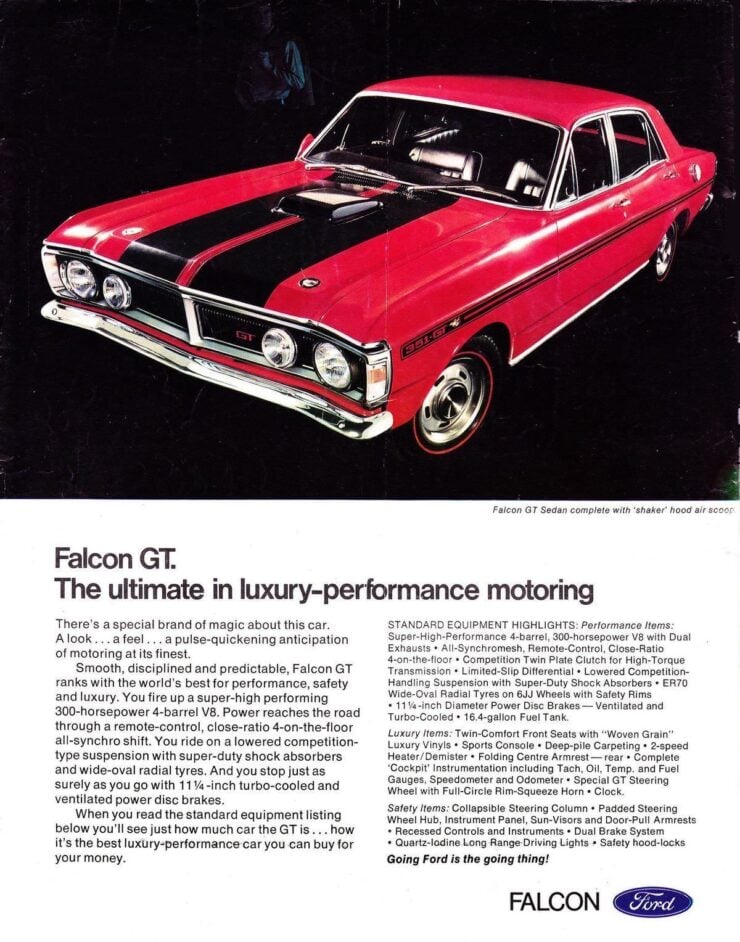

The Ford XY Falcon GT was developed as a successor to the earlier Ford XW Falcon GT, it was built on the XY Falcon platform – a steel unibody shell three-box design with four doors and a generous trunk in the rear. Production of the XY ran from 1970 to 1972 with 118,666 vehicles produced in total. Of those, just 1,557 were XY Falcon GTs and 300 were the more powerful still XY GT-HO.
One of the key goals during the creation of the Ford XY Falcon GT was to homologate a version of the XY Falcon to compete in Australian touring car racing, and hopefully take the outright win at Bathurst against Ford Australia’s arch nemesis – Holden.
The development of the XY Falcon GT was largely focussed around adding more power to give the car the edge on the long straight sections of the Mount Panorama circuit in Bathurst, New South Wales. The engineers fitted the vehicle with a worked version of the 351 cubic inch (5.8 liter) Cleveland V8 that they claimed was good for 300 bhp. Many have since claimed it was producing closer to 350 bhp.
The car was also given a 4-speed manual transmission, uprated competition suspension with “super-duty” shock absorbers, 11.25-inch turbo-cooled and ventilated front power disc brakes, a “shaker” hood scoop, a front lip spoiler, a trunk lid spoiler, as well as distinctive stripes down either side. The car was produced from September 1970 until December of 1971 and depending on your allegiances, be they for Ford or Holden, it was one of the most desirable Australian built cars on sale at the time.
For those looking to buy a performance family car with four doors and five seats, the XY Falcon GT was king of the hill.
In 1971 the XY Falcon would become the king of another hill, the famous rise at Mount Panorama where the 1971 Hardie-Ferodo 500 was held on the 3rd of October. The GTHO Phase III version of the model would take the top seven of the top ten qualifying places, then go onto clean sweep the race, taking the win as well as second, third, fifth, and sixth places.
Above Video: This vintage film showcases the 1971 Hardie Ferodo 500, the race that would eventually become the Bathurst 1000. It shows the town of Bathurst, a lap of the circuit with commentary, and a highlight reel of the race itself.
The surviving examples of the XY Falcon GT, and the GTHO Phase III, are now among the most coveted and valuable Australian-built cars ever made, changing hands well into the six figures when they come up for sale.
The 1970 Ford XY Falcon GT Shown Here
As noted in the introduction, the 1970 Ford XY Falcon GT you see here is one of the earlier production models and as such it was used as a Field Evaluation Unit by Ford Australia for a year before before being sold to a private owner, a Ford employee.
The car left the factory as a 4-speed manual example, much more desirable than the optional 3-speed automatic, it was also fitted with a sunroof, alloy wheels, and Silver paintwork with black detailing. The car remained on the road in private ownership until approximately 1976 when it was parked under a house in Queensland, an Australian state where many houses are built at elevation from the ground due to flooding risks.
It was last registered for road use in 1979, and it retains its 1979 registration sticker in the window. It has 65,278 miles (105,054 kilometers) on the odometer when it was rolled out from under the house in November of 2023, caked in a thick layer of decades of dust.
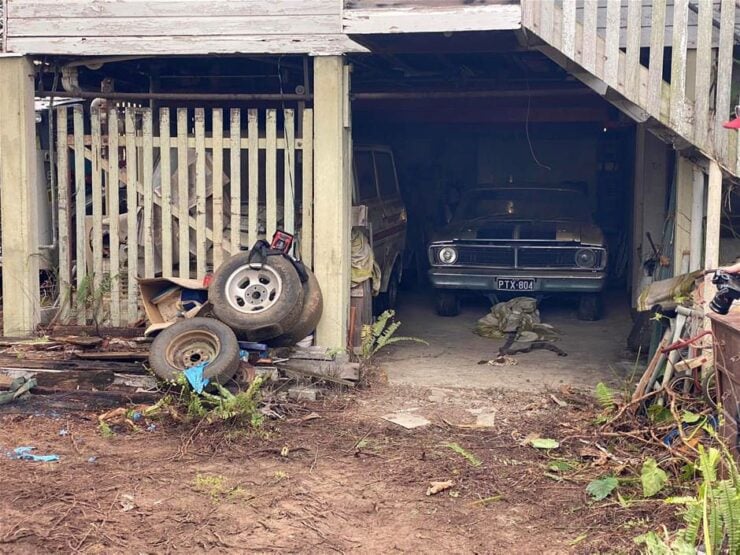

The car was offered for auction by Grays in Australia, it attracted nationwide media coverage and interest across the nation and eventually sold on the 28th of November for a hammer price of $230,000 AUD or approximately $156,700 USD. Including the 7.5% buyers premium the final price was $247,250 AUD or $168,976 USD.
If you’d like to read more about the car, see more images, or read the original listing you can visit it here on the Grays website.
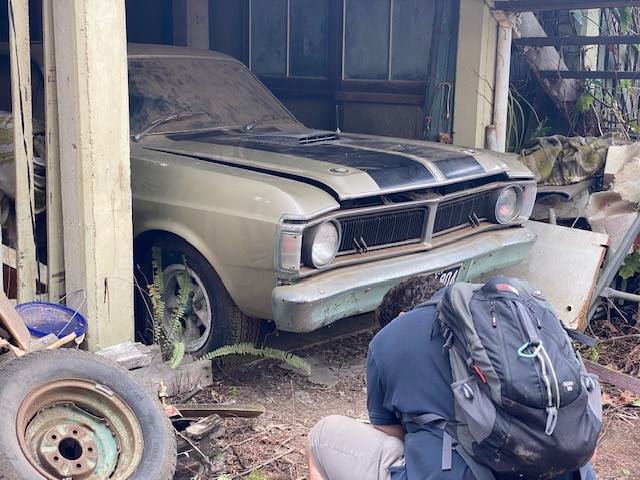
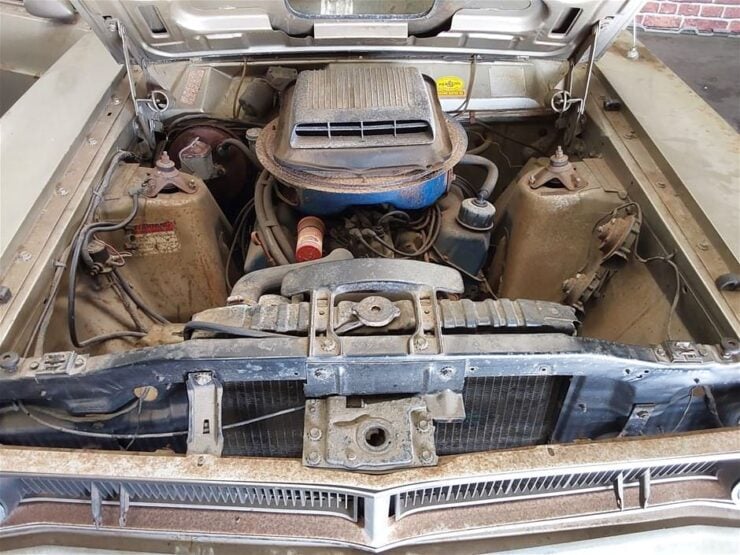
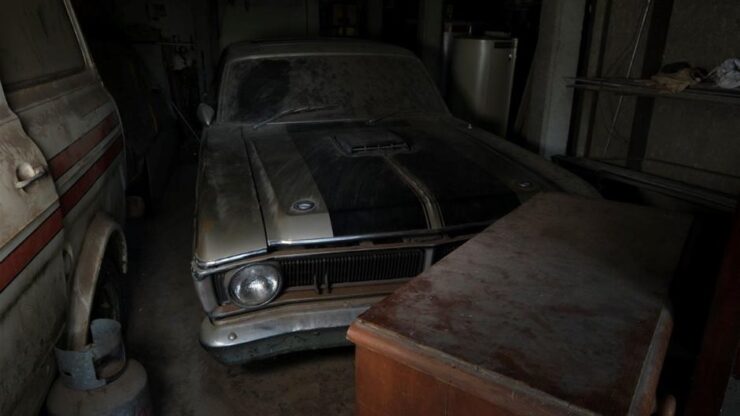
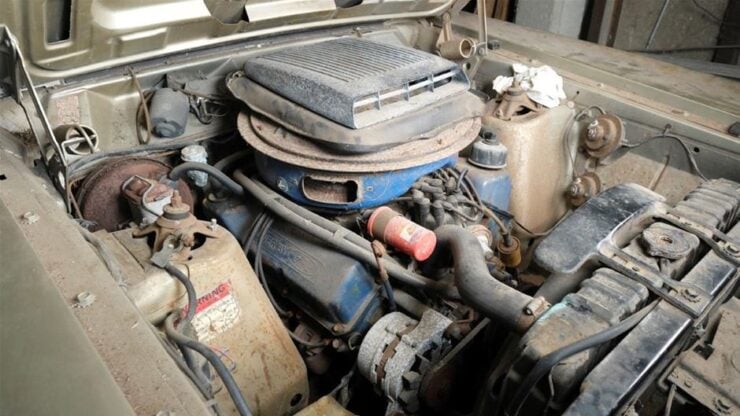
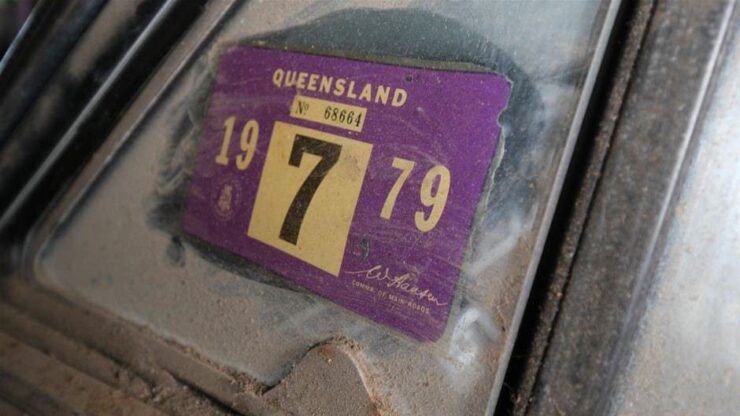
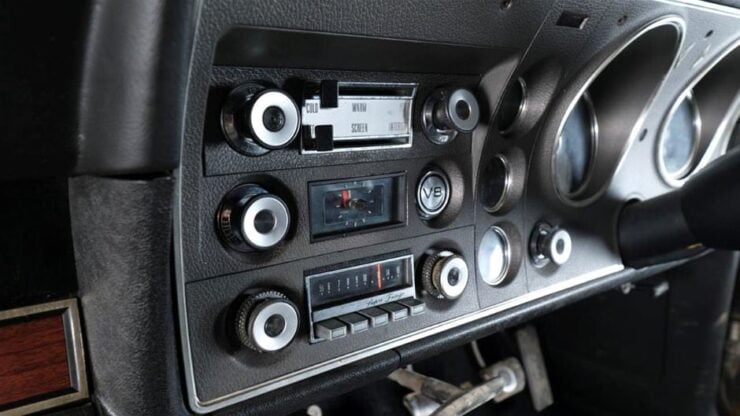
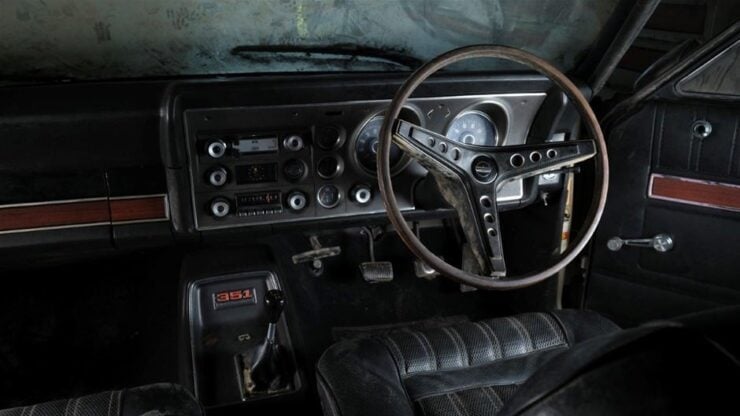
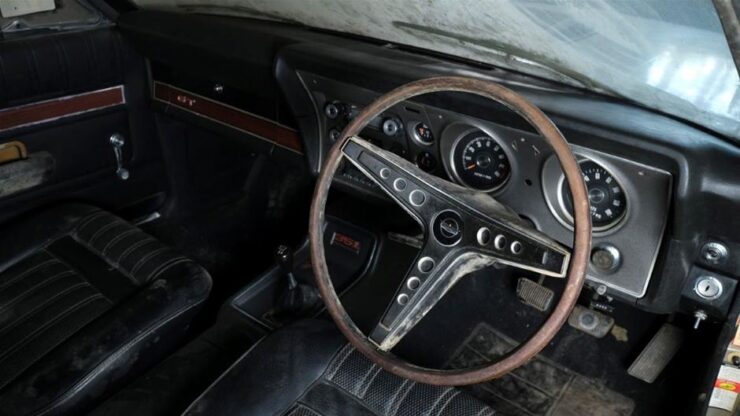
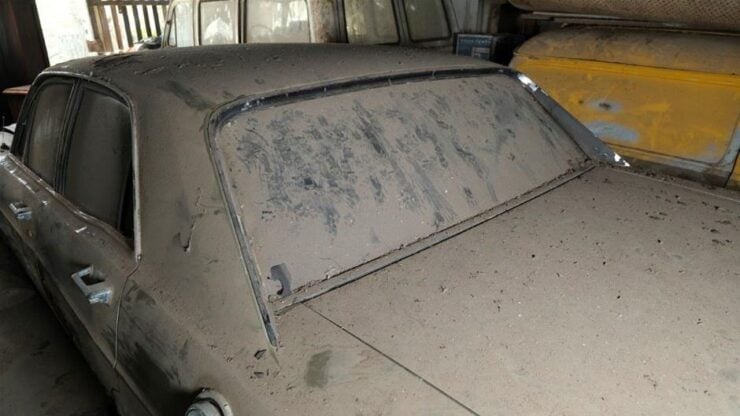
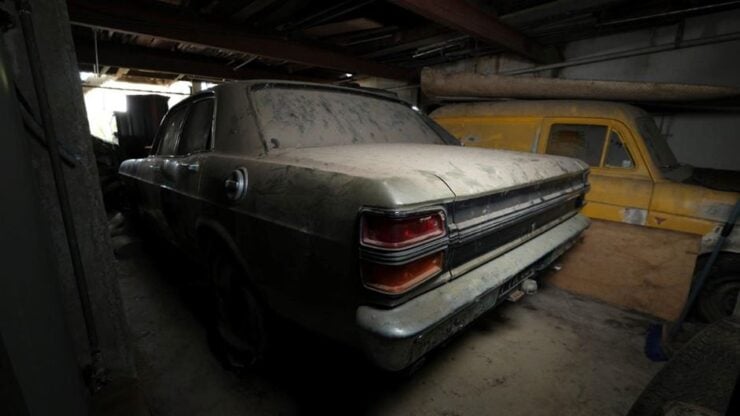
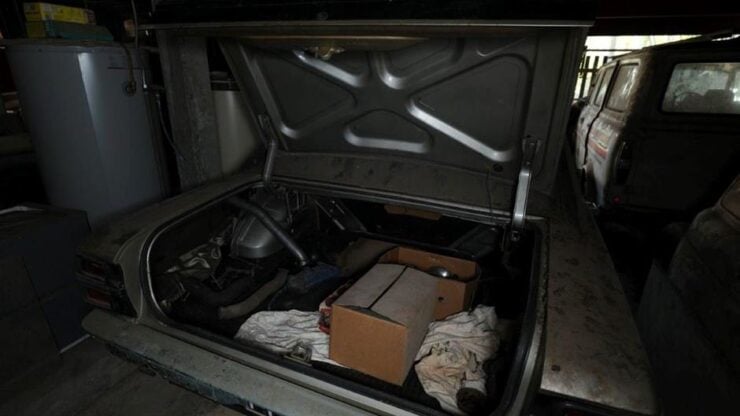
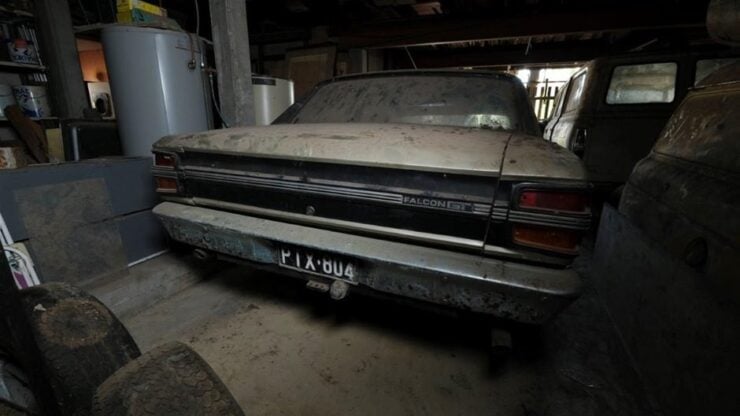
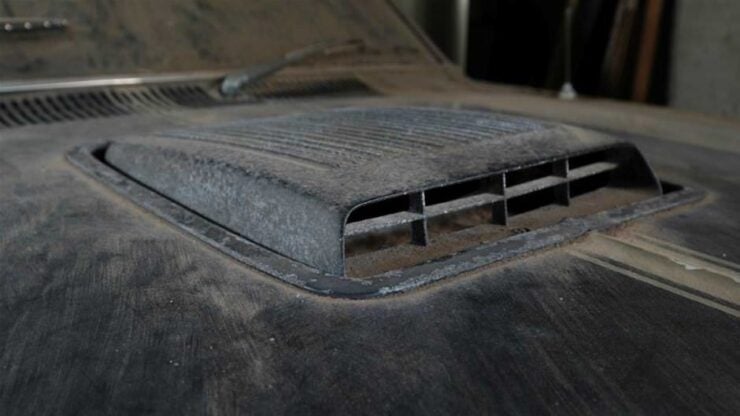
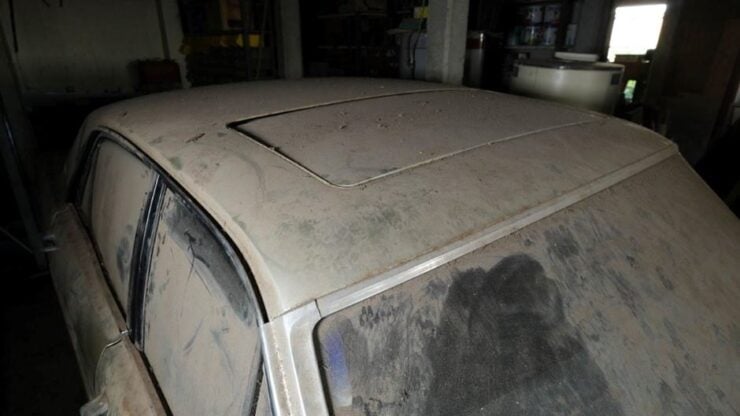
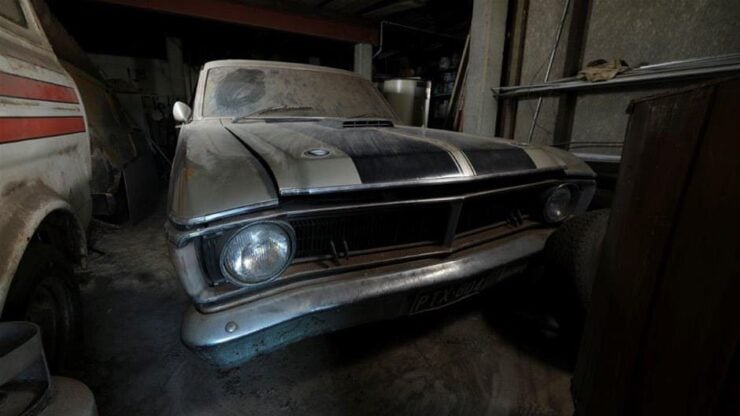

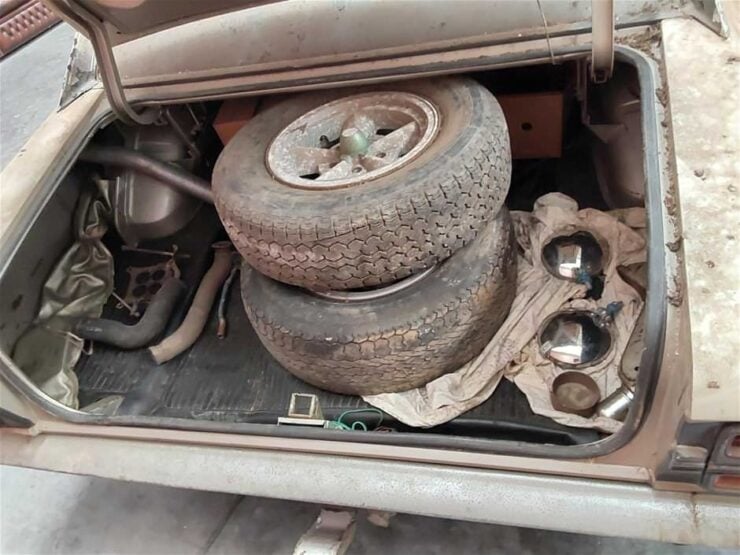

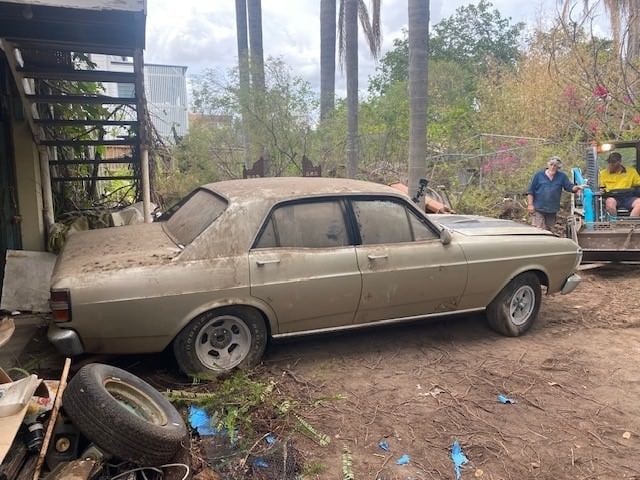
Images courtesy of Grays and Ford Australia

